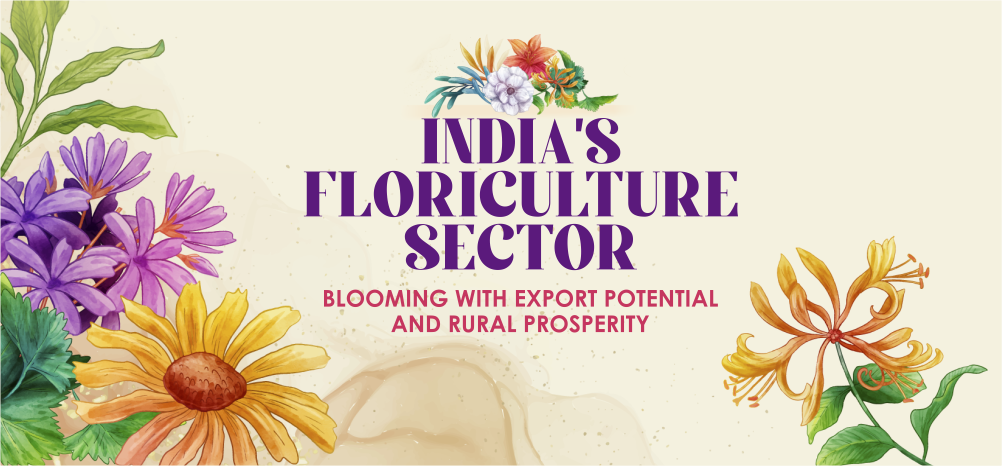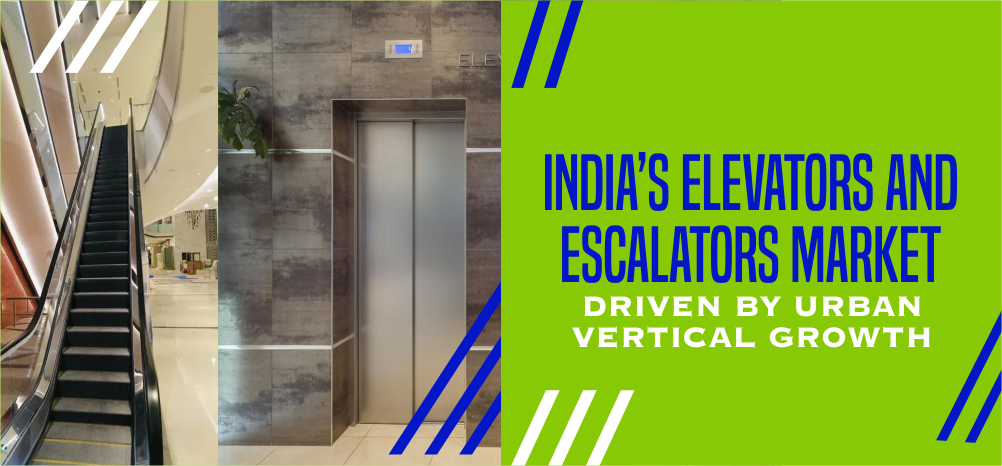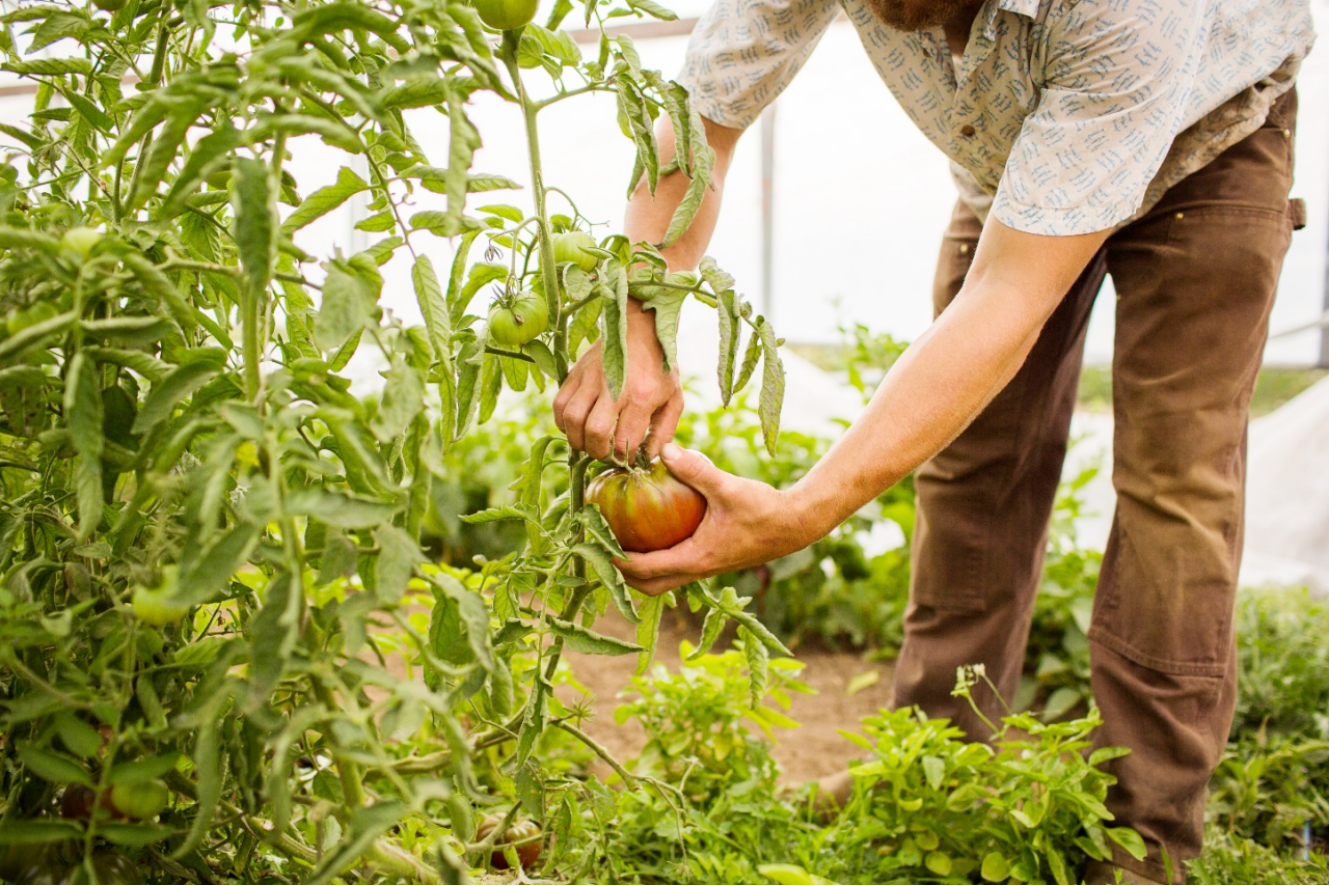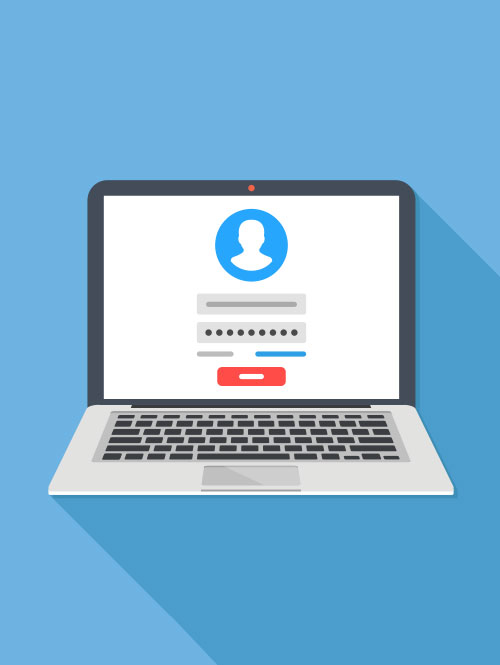India has the fourth-largest railway system in the world, after the US, Russia, and China, and remains a backbone of national connectivity and logistics. As of FY24, Indian Railways operated 13,523 passenger trains and 11,724 freight trains daily across a route network of 68,584 kms, with passenger trains averaging 50.6 kmph and freight trains 24 kmph. The sector has witnessed rapid development, strong investments, and continued government support in recent years.
By FY25, a total of 34,000 kms of new railway tracks had been added nationwide, significantly expanding capacity. At the same time, major corridor upgrades are underway: the Delhi-Mumbai and Delhi-Howrah routes are being upgraded to 160 kmph, while new 3rd and 4th lines are being laid on key sections. Dedicated freight corridors have been commissioned to reduce congestion and improve efficiency.
Sustainability and innovation are also shaping the sector. Indian Railways has expanded its solar power capacity to 2,249 installations across stations and service buildings, with 1,489 units added in the last five years, 2.3 times more than the preceding period. In a private-sector initiative, DP World and Reliance Industries Limited (RIL) launched a logistics solution shifting petrochemical transport from road to rail, reducing carbon emissions while linking RIL’s Jamnagar plant in Gujarat to DP World’s ICD in Ahmedabad and onward to Mundra Port.
Looking ahead, massive investments are set to transform the sector. Indian Railways plans to invest Rs. 16,70,000 crore (US$ 193.98 billion) by 2031 to modernise 1,309 stations, expand freight corridors, electrify tracks, and develop new high-speed projects. The Union Cabinet has also cleared multiple regional projects: four infrastructure projects worth Rs. 5,100 crore (US$ 592.4 million) will add 574 kms across six states, boosting freight capacity by 10 million tonnes and benefiting 2,309 villages. Two additional projects worth Rs. 6,405 crore (US$ 744 million) will cover 318 kms, enabling the movement of 49.3 million tonnes of freight while saving 520 million litres of diesel and cutting 2,640 million kg of CO₂ emissions.
High-speed rail is emerging as a game-changer. The Mumbai-Ahmedabad High-Speed Rail Corridor is under active construction, while India plans four more corridors by 2035 to strengthen capacity and drive growth. Andhra Pradesh has also proposed a South India bullet train corridor connecting Hyderabad, Chennai, Amaravati, and Bengaluru, which would serve over five crore people and stimulate trade, employment, and regional development.
Indian Railways unveiled its first 9,000 HP electric locomotive in April 2025 to boost hauling capacity and operational performance.
Indian Railways will launch the first Vande Bharat Sleeper train in September 2025, offering speeds up to 180 kmph. With features like USB charging, modular pantries, enhanced safety, and showers in 1st AC coaches, it aims to redefine long-distance rail travel.
In March 2024, Prime Minister Mr. Narendra Modi inaugurated infrastructure projects worth Rs. 15,400 crore (US$ 1.84 billion) in Kolkata, including India's first underwater metro system, to improve connectivity in west Bengal.
The Cabinet Committee on Economic Affairs, led by Prime Minister Mr. Narendra Modi, approved two railway projects totalling Rs. 6,798 crore (US$ 808.8 million). These include doubling the 256 km Narkatiaganj-Raxaul-Sitamarhi-Darbhanga and Sitamarhi-Muzaffarpur sections and constructing a 57 km new line from Errupalem to Namburu via Amaravati.
India is in the process of developing high-speed train sets capable of reaching a maximum speed of 280 km/h. These trains are being designed and manufactured by the Integral Coach Factory in collaboration with BEML. Each train car is estimated to cost approximately Rs. 28 crore (US$ 3.2 million) and will incorporate advanced features such as aerodynamic designs, sealed gangways, and modern amenities.
India aims to transform Indian Railways into a net-zero emitter as part of its broader energy goals by 2030, as confirmed by Prime Minister Mr. Narendra Modi.
Prime Minister, Mr. Narendra Modi inaugurated a significant expansion of India's rail network by introducing 10 new Vande Bharat trains, bringing the total count to over 50 trains covering 45 routes nationwide.
Foreign Direct Investment (FDI) inflows in railway-related components stood at Rs. 9,163 crore (US$ 1.43 billion) from April 2000-March 2025.
Number of passengers increased by 67 crore to reach 715 crore in FY25.
144 Vande Bharat trains are operational as of August 2025.
As of March 2025, Indian Railways operates more than 13,000 passenger trains, including 4,111 Mail and Express trains, 3,313 Passenger trains, and 5,774 Suburban trains.
Indian Railways has registered a record revenue of Rs. 2,70,000 crore (US$ 31.57 billion) by the end of FY25.
During FY25, the total passenger revenue stood at Rs. 94,927 crore (US$ 11.10 billion), compared to Rs. 70,693 crore (US$ 8.77 billion) achieved during the same period last year.
During FY25, the total freight revenue stood at Rs. 1,75,000 crore (US$ 20.50 billion), compared to Rs. 1,68,293 crore (US$ 19.37 billion) achieved during the same period last year.
In August 2025, Indian Railways posted a record Rs. 14,100 crore (US$ 1.6 billion) in freight earnings, with total freight volume rising 8.5% YoY to 130.9 million tonnes, driven by strong coal, steel, fertiliser, and diversified cargo growth. Cumulative freight loading for FY26 so far increased 3.1% to 673.6 million tonnes, while coal, which forms over half of the freight basket, is expected to see higher post-monsoon loading from Q3.
Passenger volume on Indian Railways grew 6 % in FY25 to over 7 billion passengers, with revenue rising nearly 50 % to Rs. 75,215 crore (US$ 8.7 billion), boosted by Vande Bharat trains and higher chair car earnings.
In FY25, Indian Railways loaded 1,617.0 MT of freight and Revenue rose by approximately Rs. 1.75 lakh crore (US$ 20.5 billion) compared to 1.70 lakh crore (US$ 19.8 billion) last year.
Indian Railways, as of 2025, has expanded 35,000 km of track, produces 30,000 wagons and 1,500 locomotives annually, increased freight share to 29 %, cut accidents by 80 %, and plans 1,000 new trains and bullet train operations by 2027.
Revenue of Indian railway sector companies is expected to grow 5 % in FY26, with operating margins around 12 %, supported by government capital outlay of Rs. 2,52,000 crore (US$ 29.41 billion) and a strong order book-to-income ratio of 2.77.
In 2025-26, Railways’ capital expenditure is targeted at Rs. 3,02,000 crore (US$ 34.7 billion).
A wave of on-demand, shared, and electric-powered urban transportation services will generate Rs. 56,44,320 crore (US$ 660 billion) in revenue globally by 2030.
Passenger safety and experience have improved with modern trains (Vande Bharat, Amrit Bharat, Namo Bharat), Kavach implementation, elimination of level crossings, 1,337 redeveloped stations, Bharat Gaurav tourist trains, digital payments, and Rolling Blocks for planned maintenance.
Indian Railways is modernising its long-standing train control systems to enhance safety, improve efficiency, and support faster, more reliable operations across the network.
In December 2023, the Indian Railways introduced the Amrit Bharat Express, a fully non-AC, affordable modern train service for low and middle-income families. As of August 2025, 14 services are in operation with enhanced safety and comfort features.
Indian Railways has boosted operational efficiency by modernising trains and stations, improving punctuality to 80% in FY26, deploying advanced Vande Bharat, Amrit Bharat, and Namo Bharat services, upgrading tracks and signalling, expanding bio-toilet coverage, and streamlining catering, all while maintaining affordable fares for over 720 crore passengers.
From July 2025, introduced Aadhaar-authenticated Tatkal bookings, OTP verification, revised fares, early reservation charts, and agent restrictions to improve passenger convenience and transparency.
The RailOne app, launched on 1 July 2025, offers passengers a single platform for unreserved ticketing, live train tracking, grievance redressal, and other services, while the modern PRS set for December 2025 will handle high-volume bookings efficiently.
The UTS mobile app now covers 9,120 stations, with around 2.34 lakh tickets booked daily, facilitating travel for approximately 14.21 lakh passengers and generating revenue of about Rs. 1.33 crore (US$ 1,54,490) each day.
Over 21,800 track km (TKM) of Indian Railways are now fit to run semi-high-speed trains of 130 km per hr in India, as per an internal report of the Ministry.
Around 76% of the excavation work has been completed on the Mumbai bullet train station located at 'Bandra Kurla Complex' (BKC), which is the only underground station on the Mumbai-Ahmedabad High-Speed Rail Corridor. According to the official report, 14.2 lakh cubic metres of the excavation work has been completed. 18.7 lakh cubic metres of earthwork must be excavated from this site.
In a significant move towards enhancing passenger experience by returning the lost/missing mobile phones, the Railway Protection Force (RPF) has successfully onboarded with the Central Equipment Identity Register (CEIR) portal of the Department of Telecommunication. This initiative follows the success of a pilot program in the Northeast Frontier Railway (NFR).
Indian Railways has taken a major step towards automation and efficiency in rolling stock maintenance by signing a Memorandum of Understanding (MoU) with the Delhi Metro Rail Corporation (DMRC) for the procurement and installation of Automatic Wheel Profile Measurement Systems (AWPMS).
The implementation of the PPP model is anticipated to meet the growing demand for mineral and coal transportation, with the development of these corridors—integral to the economic corridor program—projected to attract over Rs. 5.25 lakh crore (US$ 60.43 billion) in investments by 2031.
Siemens Ltd announced on Monday that it has been awarded a Rs. 210 crore (US$ 24.2 million) contract by IRCON International Ltd for the electrification of the Sivok-Rangpo rail line.
In October 2023, it was reported that, India’s investments in infrastructure will rise to Rs. 143 trillion (US$ 1.71 trillion) between the financial years 2024 and 2030, as per analytics firm CRISIL.
In June 2023, IRCON (formerly Indian Railways Construction Company Limited) signed a memorandum of understanding (MoU) with the National Investment and Infrastructure Fund Limited and Ayana Renewable Power Limited. This partnership will consider suitable opportunities for solar energy production for the Indian Railways as they intend to increase the share of renewables in their overall energy mix.
With a view to improving rail connectivity and ease travel for commuters, the Union Cabinet approved seven projects for the Ministry of Railways in August 2023 at a cost of around Rs. 32,500 crore (US$ 3.93 billion). Spanning 35 districts in nine States - Uttar Pradesh, Bihar, Telangana, Andhra Pradesh, Maharashtra, Gujarat, Odisha, Jharkhand, and West Bengal, the projects will add 2,339 km to the existing network speed.
In FY23, North-Western Railway registered the highest growth in freight earnings at Rs. 6,839.93 crore (US$ 832.39 million), which is 30.82% higher than last year’s earnings of Rs. 5,228.13 crore (US$ 636.3 million). Freight loading also increased to 32.69 million tons, which is 10.07% higher than last year’s loading of 29.70 million tons.
India aims to transform Indian Railways into a net-zero emitter as part of its broader energy goals by 2030, as confirmed by Prime Minister Mr. Narendra Modi.













